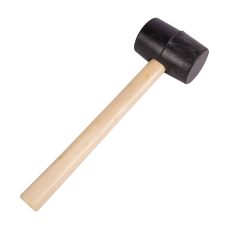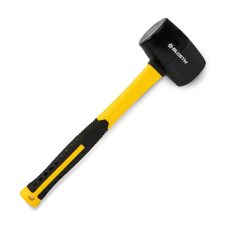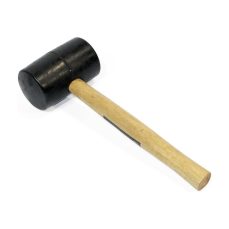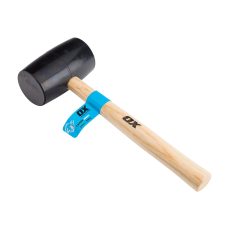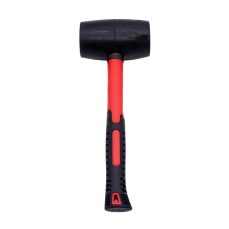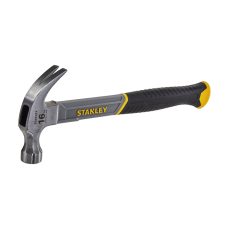Discover Mallet: Essential Tool for Precision and Control
Discover Mallet is a versatile hand tool that provides the ideal balance of force and control for a variety of tasks. Whether you’re working on woodworking, automotive, or DIY projects, a rubber mallet or wooden mallet can help you get the job done safely and efficiently. Designed to deliver controlled blows without damaging the surface of your workpiece, a mallet hammer is an essential tool for both professionals and hobbyists alike.
Types of Mallets: Choose the Right One for Your Task
There are various types of Discover Mallet available, each designed for specific applications. Understanding the differences will help you choose the right solution for your needs.
1. Rubber Mallet
A rubber mallet is ideal for tasks where you need to strike a surface without causing damage or leaving marks. People often use it in situations where they need to work on delicate materials like wood, metal, or plastic.The rubber hammer absorbs the shock of the blow, which helps protect the workpiece while providing enough force to move or shape the material.
2. Wooden Mallet
A wooden mallet is commonly used in woodworking. It provides a soft blow that helps you drive chisels or shape wood without damaging the surface. The wooden mallet hammer is especially useful in carpentry, as it offers the right amount of control for fine, intricate tasks. It is less likely to damage the wood compared to metal tools, making it a staple in woodworking shops.
3. Dead Blow Mallet
The dead blow mallet is designed to minimize rebound, making it ideal for precise applications. When struck, the dead blow mallet transfers its energy directly to the workpiece, preventing the mallet from bouncing back. This makes it perfect for tasks where precise, controlled strikes are essential, such as assembling furniture or working with fragile materials.
4. Mallet Hammer
A mallet hammer is a versatile tool that can be used across different trades. Whether it’s a rubber mallet hammer or a wooden version, the mallet hammer provides controlled force, allowing for delicate adjustments without the risk of damaging your workpiece. This tool is an excellent choice for general applications that require moderate force and precision.
Features of a Mallet: Why You Need One
1. Non-Marring Strikes
One of the main reasons to choose a mallet over a traditional hammer is its ability to strike without damaging the work surface. Rubber mallets and wooden hammers absorb impact, ensuring that your workpiece stays intact. Whether you’re working with delicate wood or soft metal.
2. Versatility
A mallet is a highly versatile tool. From woodworking mallets to dead blow mallets, this tool can be used across a variety of tasks. Whether you’re installing flooring, driving pegs, or assembling furniture, a mallet can help you achieve precise results.
3. Ergonomic Design
Many mallets feature ergonomic handles that provide comfort and reduce hand fatigue. Whether you’re working for extended periods or just need to complete the task quickly. A well-designed mallet hammer ensures comfort and boosts your work efficiency.
4. Control and Precision
The primary advantage of a mallet is the level of control it provides. Unlike regular hammers, mallet hammers allow you to work with greater precision and without excessive force. The soft head of the rubber mallet or wooden hammer ensures that you can complete delicate tasks, such as setting tiles or assembling fine furniture, with ease.
Choosing the Right Mallet for Your Project
When selecting a mallet for your project, it’s essential to consider the material of both the mallet and the workpiece. For example, if you’re working on a project that involves metal or fragile materials, a rubber mallet hammer will provide the right amount of force without causing any damage. On the other hand, if you’re working with wood or other softer materials, a wooden mallet will offer greater control and precision.
Conclusion: A Mallet for Every Need
A mallet is a must-have tool for anyone involved in woodworking, DIY projects, or any task that requires precision and control. Whether you choose a rubber mallet, wooden hammer, or dead blow mallet, this tool allows you to work effectively while protecting your materials. Choose the right mallet for your job, and you’ll be able to complete tasks with ease, accuracy, and confidence.

